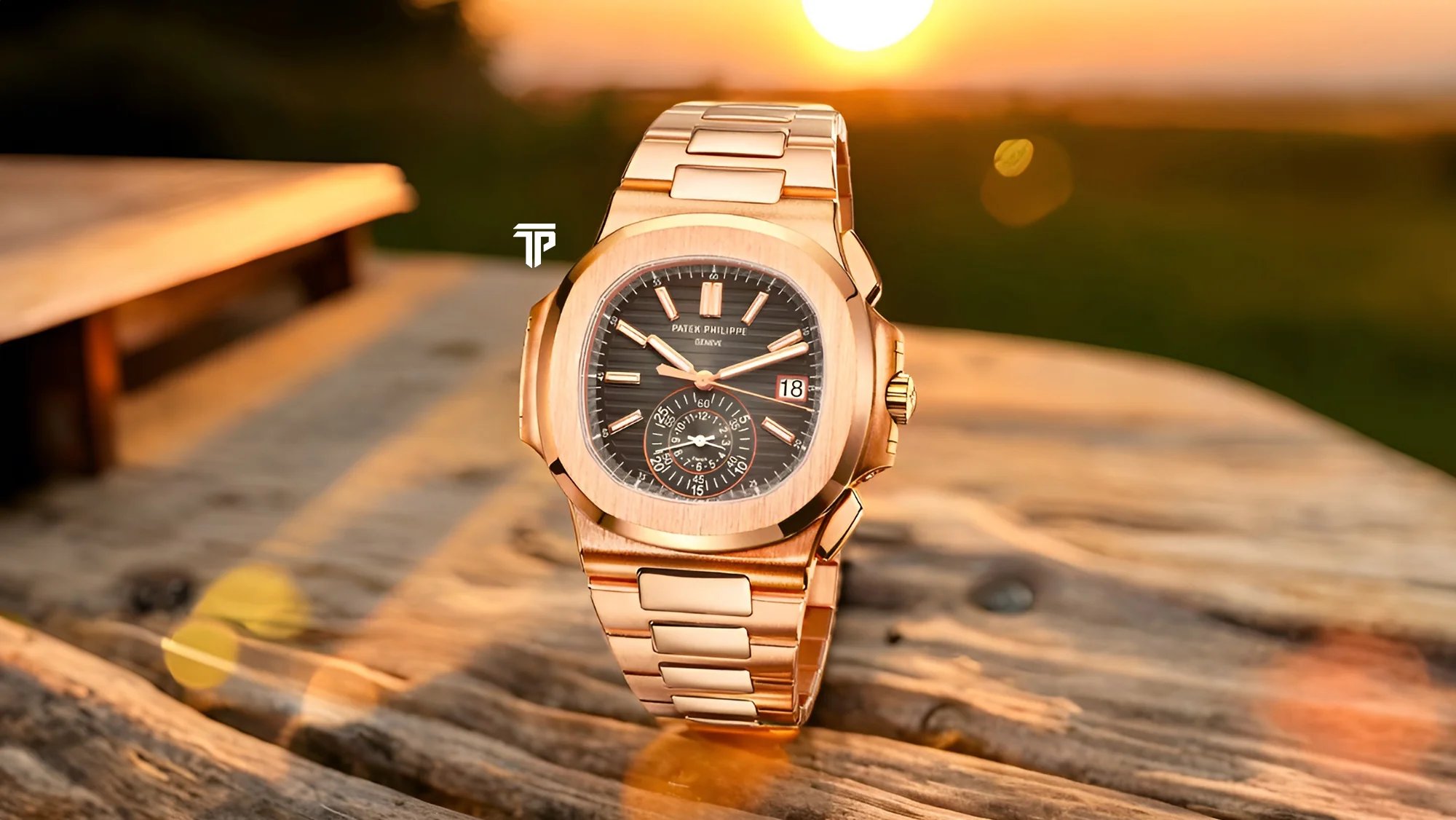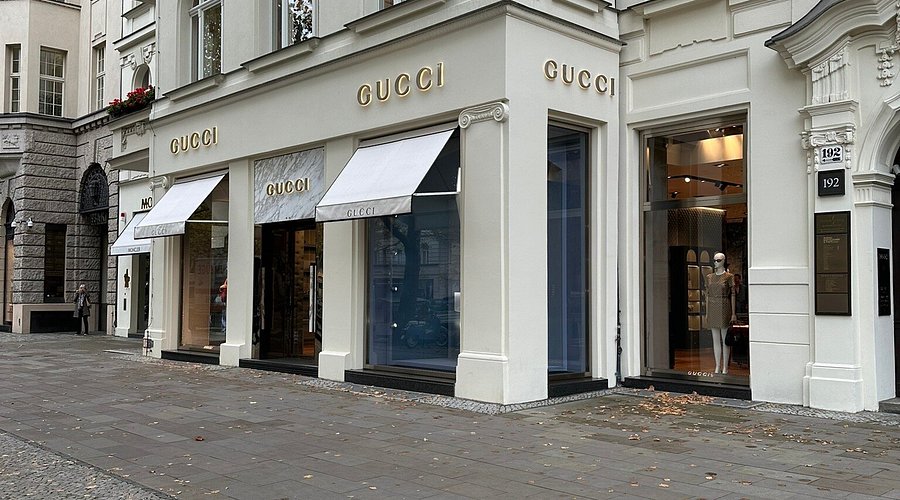Golden Minimalism
By
John Carter
Last updated:
October 6, 2025
First Published:
October 6, 2025

Photo: StockCake
Luxury has long been associated with extravagance, opulence, and conspicuous displays of wealth. Yet a new wave of affluent consumers is redefining what it means to live luxuriously. Golden minimalism, an aesthetic rooted in subtlety, refinement, and thoughtful curation, is emerging as a guiding principle for the next generation of high-net-worth individuals.
The Philosophy of Subtle Luxury
At its core, golden minimalism values quality over quantity. It emphasizes timeless materials, clean design, and understated elegance. Unlike traditional luxury, which often relies on size, embellishment, or brand recognition, this aesthetic communicates sophistication through restraint. The wealthy are learning that discretion can be as powerful a symbol of status as grandeur.
Material Excellence
Golden minimalism is not about austerity; it is about the careful selection of materials that combine beauty and durability. Fine leather, rare woods, handcrafted metals, and naturally sourced textiles are employed sparingly yet purposefully. Each element is chosen to enhance the overall experience, demonstrating that true luxury lies in thoughtful design rather than excessive ornamentation.
The Role of Design
Design plays a pivotal role in golden minimalism. Architecture, interior decor, and product creation focus on proportion, texture, and harmony. Clean lines, neutral palettes, and subtle accents create spaces that are both functional and aesthetically calming. For wealthy consumers, these environments foster mindfulness, comfort, and a sense of elevated taste.
Emotional Resonance
Golden minimalism resonates emotionally by creating serenity and focus. Spaces, objects, and experiences are stripped of unnecessary clutter, allowing the mind to engage with what truly matters. High-net-worth individuals increasingly value these feelings, recognizing that luxury should enhance life rather than overwhelm it.
The Sustainability Connection
Sustainability is closely tied to this aesthetic. By prioritizing fewer, higher-quality items, wealthy consumers reduce waste and environmental impact. The next generation of luxury embraces durability, repairability, and ethical sourcing as essential markers of refinement. Golden minimalism aligns material indulgence with responsibility.
Personalization and Craftsmanship
Customization is a cornerstone of this trend. Artisans and brands offer bespoke options that reflect the client’s taste and values. Whether it is a tailored wardrobe, a one-of-a-kind piece of jewelry, or a curated living space, the emphasis on craftsmanship reinforces the exclusivity of golden minimalism. Luxury is expressed through individuality and care rather than mass visibility.
Technology and Minimalism
Technology supports the minimalist lifestyle by simplifying daily life without detracting from aesthetic appeal. Smart home integration, seamless digital management, and discreet automation allow wealthy consumers to enjoy convenience without compromising subtle design. The integration of tech enhances both function and beauty.
Social Significance
Golden minimalism also carries social meaning. It signals discernment, sophistication, and cultural awareness. For younger millionaires, understated luxury communicates success with intelligence rather than ostentation. The choice to embrace subtlety becomes a statement of both wealth and taste, reflecting a nuanced understanding of value.
Redefining Luxury Consumption
The rise of golden minimalism marks a shift from accumulation to curation. It emphasizes intentional living, emotional well-being, and environmental consciousness. For the next generation of luxury consumers, the measure of wealth is no longer how much can be displayed but how carefully and meaningfully resources are allocated.
The Future of Refined Living
As this aesthetic continues to shape preferences, luxury markets will increasingly prioritize quality, sustainability, and emotional resonance over flashiness. Golden minimalism represents a sophisticated, forward-looking approach to wealth and lifestyle, demonstrating that subtlety can be the ultimate expression of affluence.
Subscribe to unlock premium content
Sed at tellus, pharetra lacus, aenean risus non nisl ultricies commodo diam aliquet arcu enim eu leo porttitor habitasse adipiscing porttitor varius ultricies facilisis viverra lacus neque.
A comprehensive guide on Agile development

10 Productivity tools that are worth checking out

Top 7 Must have management tools for productivity

A comprehensive guide on Agile development

10 Productivity tools that are worth checking out

A comprehensive guide on Agile development








.png)
